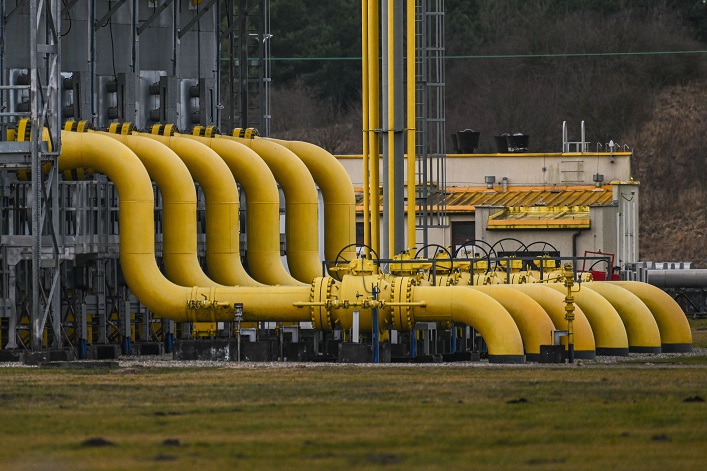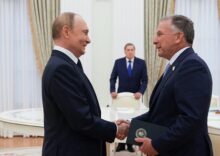How does the end of Russian gas transit through Ukraine affect the European market?


European natural gas prices rose for the third week as the market grapples with dwindling inventories and supply constraints after the loss of Russian gas flows through Ukraine on January 1, 2025.
“The weather is also getting colder, which could spur further gas withdrawals. The region’s underground storage facilities are now about 72% full, compared to 86% at the same time last year,” Bloomberg notes.
Moreover, while the risk of a gas shortage in Europe is low, this winter’s supply shortage will make stockpiling more difficult ahead of the next heating season. Higher demand for gas to be put in storage will keep markets buoyant in the coming months.
The continent is increasingly exposed to market volatility as it increasingly depends on global supplies of liquefied natural gas to replace Russian energy. The price increase also coincided with disruptions at the Hammerfest LNG plant in Norway, which shut down operations until January 9 due to a compressor failure. Experts warn that any disruptions at global LNG plants could exacerbate price fluctuations.







